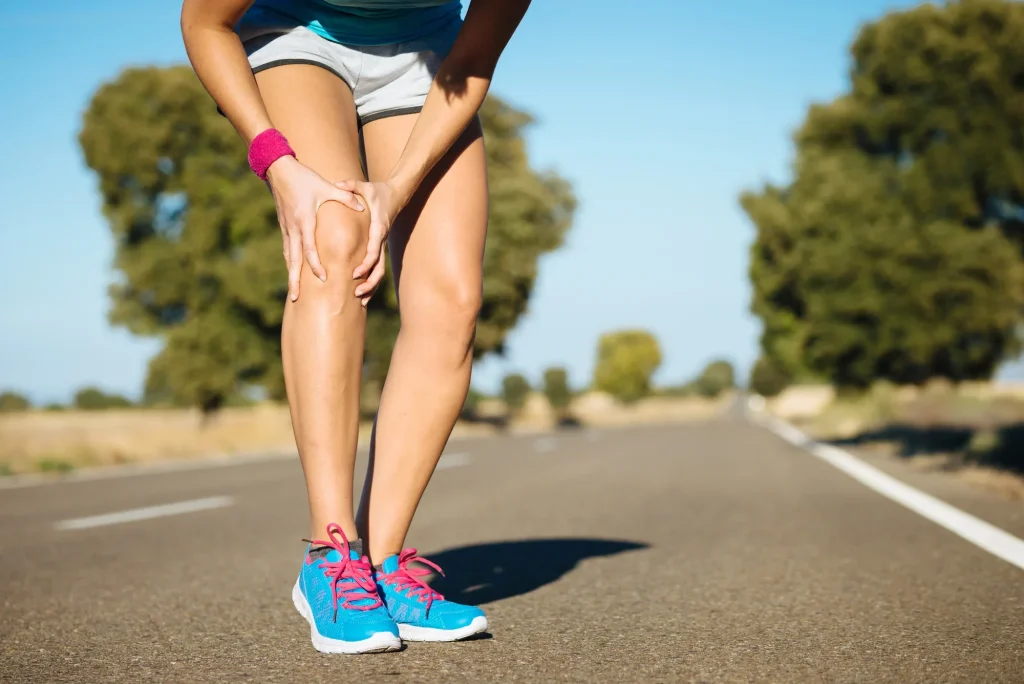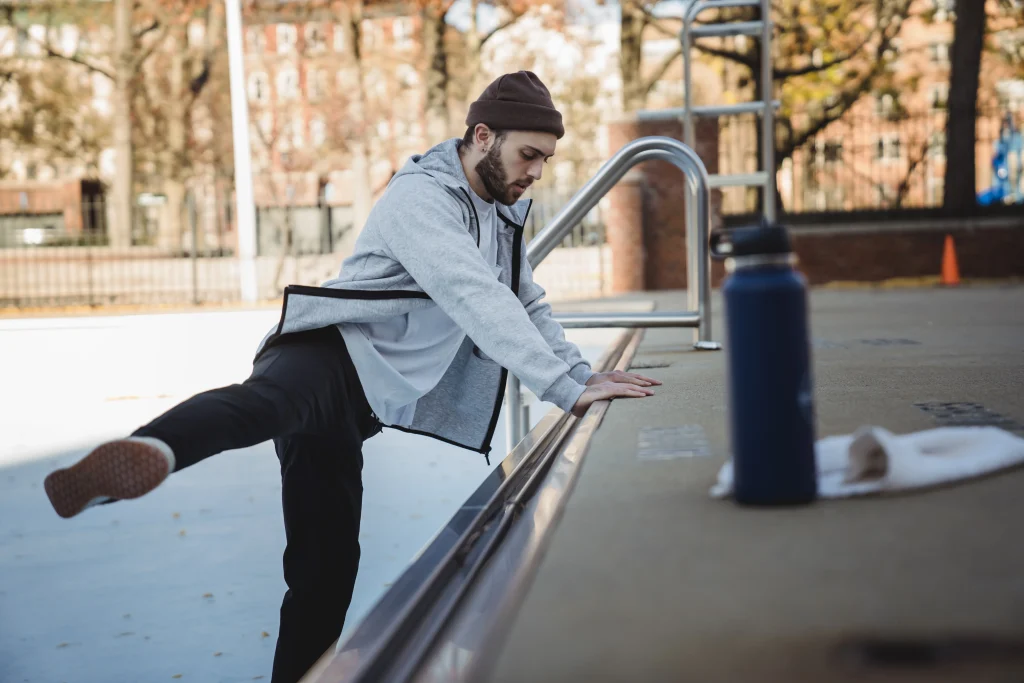

Iliotibial band syndrome (ITBS) is a common condition that affects the knee. It is caused by inflammation of the iliotibial band, a thick band of tissue that runs along the outside of the thigh from the hip to the knee.
ITBS is often seen in runners, cyclists and other athletes who participate in activities that involve repetitive knee bending. It can also be caused by overuse, poor biomechanics or tight hip flexors.
The main symptom of ITBS is pain on the outside of the knee, which is usually worse when running, walking downhill or performing the aggravating activity. The pain may also be worse after sitting for a long period of time.
In some cases, ITBS can cause swelling and tenderness on the outside of the knee. It may also be difficult to straighten the knee fully.
If you are experiencing pain on the outside of your knee, it is important to see a physiotherapist for diagnosis and treatment. Your physiotherapist will likely recommend a combination of rest or reducing the aggravating activity and advice on how to keep active for the initial treatment. They may also recommend exercises to strengthen the muscles around the knee and improve your running or cycling mechanics. While long-term treatment strategies will aim to address return to your desired sport or activity, they will also give you treatment and advice on reducing inflammation and pain to help promote healing.
With proper treatment, most people with ITBS make a full recovery. However, it is important to be patient and to follow your physiotherapist’s instructions carefully.
Here are some tips to help prevent ITBS:

- Warm up properly before exercising.
- Strengthen the muscles around the hip, especially your glutes.
- Wear properly fitted shoes.
- Take breaks or reduce frequency of the activity when you feel pain.
If you are experiencing pain on the outside of your knee, it is important to see a physiotherapist for diagnosis and treatment. Early intervention can help to prevent the pain from becoming chronic.
